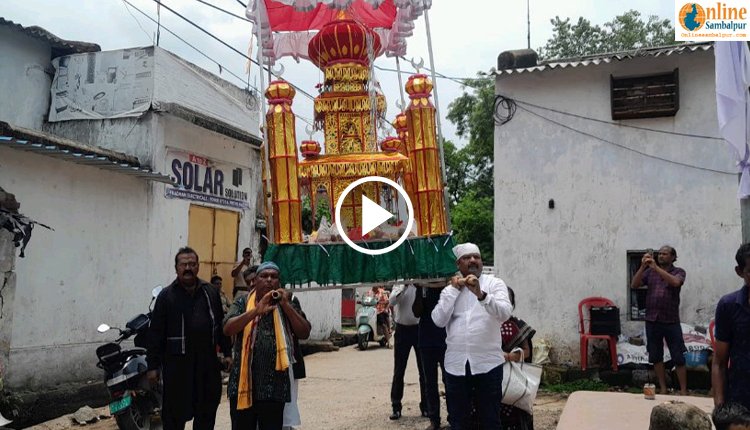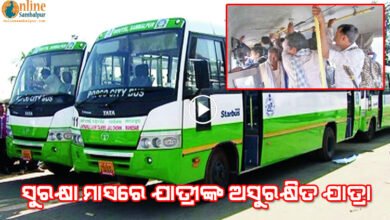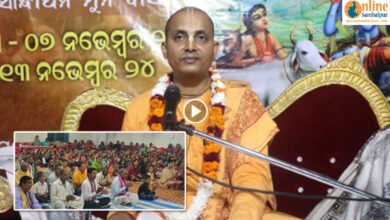Sambalpur: Muharram Observed with Peaceful, Processions Limited to Neighborhoods
Limited Celebrations Due to Restrictions

Sambalpur: This year’s Muharram festival was held under administrative restrictions, as was the case last year. Due to ongoing restrictions, the Tazia processions were canceled, and religious processions were banned for another year. Extensive police arrangements ensured that processions remained limited to their respective neighborhoods. To maintain peace and order, the police held a flash march on Tuesday. Yesterday, as the festival was peacefully celebrated, police maintained vigilance in various locations.
Community Support and Charitable Activities
During the event, the Muslim community set up langars (community kitchens) and distributed sharbat (a sweet drink) at various locations. Muharram is celebrated every year in Sambalpur as a symbol of brotherhood and to commemorate Imam Hussain’s martyrdom in the Battle of Karbala. However, the Tazia processions were canceled this year due to administrative restrictions. Traditionally, Tazia processions from eight neighborhoods would meet at Zilla School Square and proceed through Laxmi Talkies Chowk and Golbazar to Pir Baba Chowk, where Akhara groups would perform martial arts.
Online Sambalpur Is Now On WhatsApp!
Join us for the latest news updates delivered directly to your WhatsApp.
Subscribe Us On YouTube!
Join us for the latest news updates and video content delivered directly to you.
Neighborhood Celebrations
This year, individual arrangements were made in neighborhoods including Daleipara, Motijharan, Sunapali, Pensionpada, Kumharpara, Bhutapada, Badabazar, and Mudipara. Notably, the Padhiari family of Mudipara has independently carried out the Tazia procession for ten generations, starting in 1664. Despite the restrictions, traditional arrangements were followed.
Security Measures
To ensure the festival’s peaceful conclusion, the police administration implemented extensive security measures. Police forces were deployed at various city intersections, including two CRPF companies, one BSF company, and 13 police platoons. Four more SPs, 14 DSPs, 35 inspectors, and 75 sub-inspectors were on duty.






